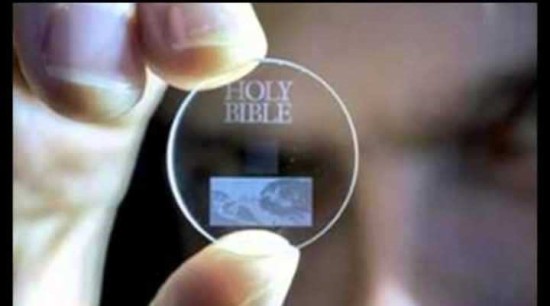
If you know anything about Superman then I am sure you will also know that he had a home in Antarctica called The Fortress of Solitude, very emo I know. Now, when he wanted to reminisce about the good old days back on Krypton he would use memory crystals that seemed to contain all the knowledge from his previous planet. Back in the 80’s this seemed like out of this world technology and something that would only ever be seen in science fiction, but that was the 80’s.
Moving forward to 2016, a team of scientists from Southampton Uni have made a major step in the development of digital data storage.
Using nanostructured glass, the team from the Uni’s Optoelectronics Research Centre (ORC) have developed the recording and retrieval processes of five dimensional digital data (5D memory) by femtosecond (one millionth of one billionth, of a second) laser writing.
The storage they have developed offers unprecedented properties which include 360 TB/disc capacity, thermal stability up to 1000 degrees Celcius and virtually unlimited lifetime at room temperature (13.8 Billion years at 190 degrees Celcius). This will usher in a new era of data storage. The tech involved is a very stable, safe form of portable memory.
Obviously this technology will be fantastic for organisations such as museums, libraries etc to preserve their information and records possibly for the rest of human existence.
The technology in question was first experimentally demonstrated in 2013 when a simple 300kb digital copy of a text file was successfully recorded in 5D. Since then, major documents from our history such as the Magna Carta, King James Bible etc have been saved as digital copies using this technology and could well be still stored there long after we have vanished as a species.

The documents were recorded using an ultrafast laser, producing extremely short and intense pulses of light. The files are written in three layers of nanostructured dots separated by five micrometres (one millionth of a metre). The data is recorded via self-assembled nanostructures created in fused quartz. The information encoding is then fully realised in five dimensions: the size and orientation in addition to the three dimensional position of these nanostructures.
The self-assembled nanostructures mentioned above, change the way that light travels through glass, modifying the polarisation of light that can then be read by a combination of optical microscopes and a polariser, similar to those found in Polaroid sunglasses.
Professor Peter Kazansky from the ORC was quoted as saying: “It is thrilling to think that we have created the technology to preserve documents and information and store it in space for future generations. This technology can secure the last evidence of our civilisation: all we’ve learnt will not be forgotten.”
The team involved at the ORC are now looking for industrial partners to further develop and commercialise this ground-breaking new technology.
